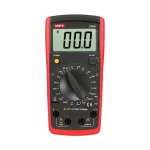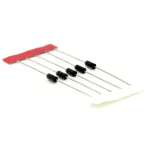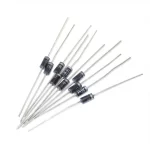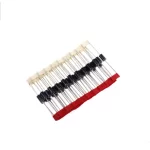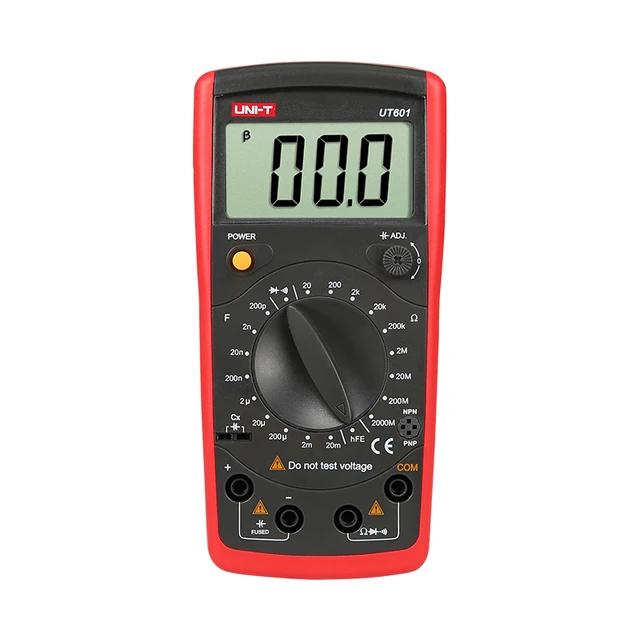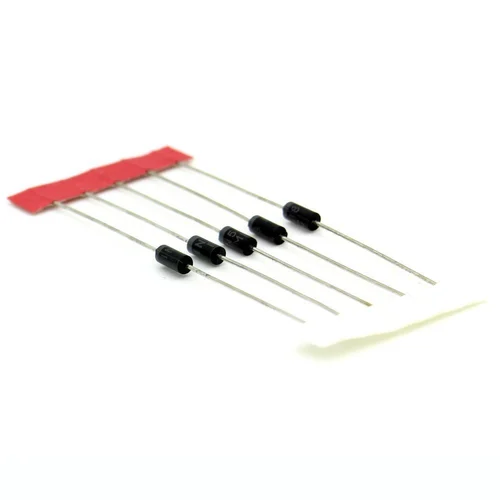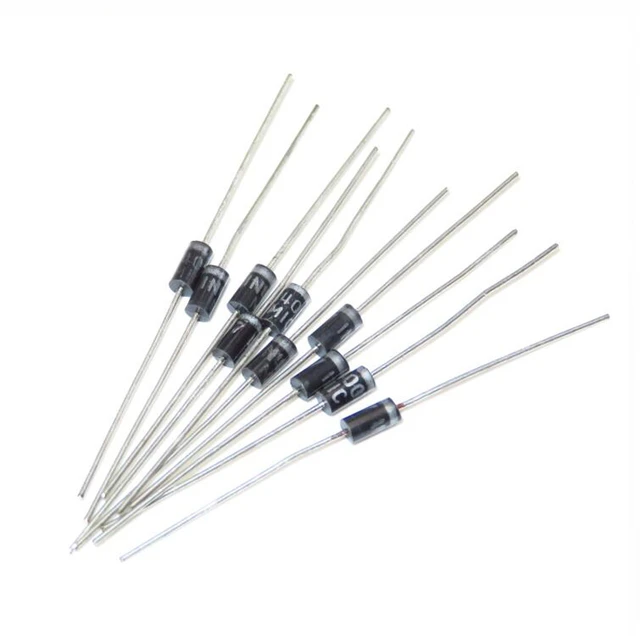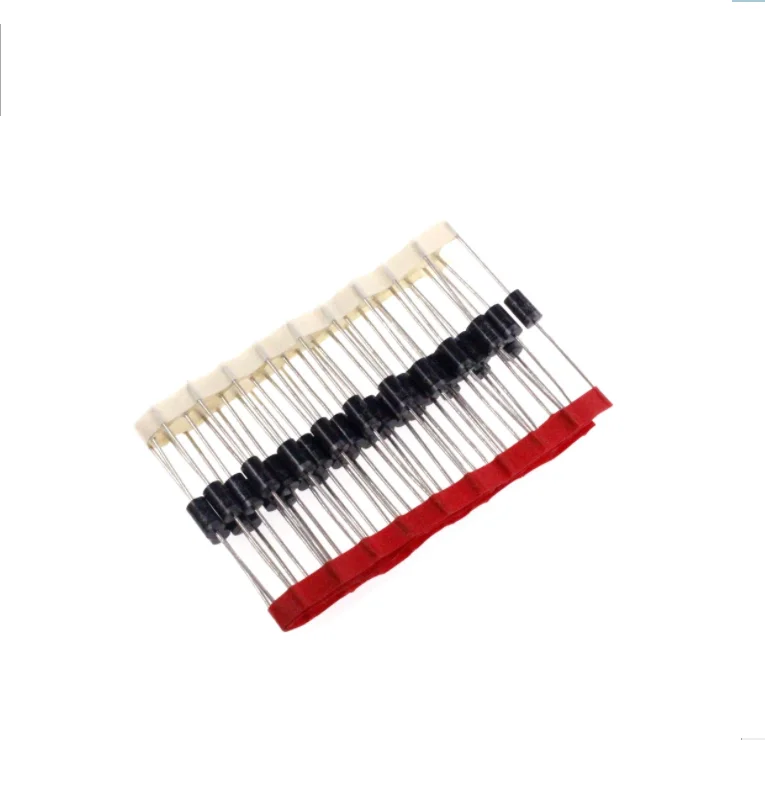 Introduction:
Introduction:
How to measure resistor with multimeter?
Measuring resistors accurately is crucial in various electronic and electrical applications. A multimeter is a versatile tool that can be used to measure resistors with ease and precision. In this comprehensive guide, we will explore the step-by-step process of measuring a resistor using a multimeter. By understanding the fundamentals and following the correct procedures, you can accurately measure resistors and ensure the integrity and performance of electronic circuits.
 The working principle of a resistor:
The working principle of a resistor:
The working principle of a resistor can be explained through Ohm’s Law, which states that the voltage across a resistor is directly proportional to the current flowing through it, and the constant of proportionality is the resistance.
A resistor is an electronic component that restricts the flow of electric current in a circuit. It is designed to have a specific resistance value, which is measured in ohms (Ω).
When a voltage is applied across a resistor, it creates an electric field within the resistor. This electric field causes the free electrons in the conductor material of the resistor to collide with atoms, resulting in resistance to the flow of electric current.
The resistance of a resistor is determined by several factors, including the material used, its length, cross-sectional area, and temperature. Generally, resistors are made from materials such as carbon composition, metal film, or wire-wound resistors.
By limiting the flow of current, resistors serve various purposes in electronic circuits. They can be used to control voltages, current levels, and protect sensitive components by limiting the current that passes through them. Resistors are also used for voltage division, current sensing, and impedance matching in circuits.
In summary, the working principle of a resistor is based on its ability to impede the flow of electric current by introducing resistance, as stated by Ohm’s Law. By controlling current flow, resistors play a crucial role in regulating and manipulating electronic circuits.
 Some common types of resistors:
Some common types of resistors:
There are various types of resistors available, each designed for specific applications and with different characteristics. Here are some common types of resistors:
Carbon Composition Resistor:
These are made of a carbon powder or graphite mixed with ceramic. They have a relatively high tolerance and are suitable for general-purpose applications.
Metal Film Resistor:
Metal film resistors are made by depositing a thin film of metal alloy, such as nickel-chromium (NiCr) or tin oxide, onto a ceramic or glass substrate. They have better stability, accuracy, and lower noise compared to carbon composition resistors.
Wire-Wound Resistor:
These resistors are made by winding a resistive wire, usually made of Nichrome or similar alloys, around an insulating core. Wire-wound resistors have high power handling capacity and low inductance, making them suitable for high-power applications and precise resistance values.
Thick Film Resistor:
Thick film resistors are manufactured by printing a resistive paste onto a ceramic substrate and then firing it. These resistors are cost-effective, compact, and offer good stability and low noise performance.
Surface Mount Technology (SMT) Resistor:
SMT resistors are designed for surface mounting directly onto printed circuit boards (PCBs). They are smaller in size, lightweight, and suitable for automated assembly processes.
Variable Resistor:
Variable resistors, also known as potentiometers or rheostats, allow the adjustment of resistance to control current, voltage, or gain in a circuit. These resistors have a movable contact that alters the resistance value as it slides across the resistor’s surface.
Film Resistor:
Film resistors are made by depositing a resistive film of metal or metal oxide on a substrate. They offer high stability, accuracy, and low noise performance, making them suitable for precision applications in audio, telecommunications, and instrumentation.
These are just a few examples of resistor types. Other specialized resistors include precision resistors, thermistors (temperature-dependent resistors), and varistors (voltage-dependent resistors). The choice of a resistor type depends on factors such as the required resistance value, power rating, accuracy, temperature coefficient, and size constraints of the application.
 Understanding Resistance and Multimeter Basics
Understanding Resistance and Multimeter Basics
How to measure resistor with multimeter?
Resistance:
Resistance is a fundamental property of a material that impedes the flow of electric current.
It is measured in ohms (Ω) and determines how much a material or component resists the passage of current.
Multimeter:
A multimeter is a versatile electronic tool that combines multiple measuring functions into a single device.
It can measure voltage, current, and resistance, making it essential for electrical and electronic testing.
Measuring Resistance with a Multimeter
Select the Appropriate Range:
Set the multimeter to the appropriate resistance range based on the expected resistance value of the resistor being measured.
Choose a range higher than the expected resistance to avoid meter overload or damage.
Turn off Power Supply:
Ensure that the circuit or device containing the resistor is powered off and disconnected from any power source.
This prevents any potential damage to the multimeter or the circuit under test.
Connect the Multimeter Leads:
Attach the multimeter leads to the resistor being measured, ensuring a secure and proper connection.
The positive (red) lead is connected to the resistor’s one terminal, and the negative (black) lead to the other.
Read the Resistance Measurement:
Observe the multimeter display to read the resistance measurement of the resistor.
The reading can be in ohms (Ω) or in kilohms (kΩ), depending on the magnitude of the resistance.
Troubleshooting and Tips
Zero Resistance Reading:
If the multimeter displays a zero resistance reading when measuring a resistor:
Ensure proper connection between the multimeter leads and the resistor.
Verify that the resistor is not damaged or open.
Infinity (Open) or Overload Reading:
If the multimeter displays an “OL” (overload) or infinity (∞) reading when measuring a resistor:
The resistance value might be higher than the selected range of the multimeter.
Switch to a higher resistance range on the multimeter to obtain a valid reading.
Accuracy and Precision:
Use a multimeter with a high precision and accuracy to obtain reliable resistance measurements.
Calibrate the multimeter if necessary, following the manufacturer’s instructions.
Precautions and Safety Measures
Avoid Excessive Voltage:
Avoid measuring resistors in circuits where high voltage is present to prevent potential damage to the multimeter or harm to the user.
Ensure proper isolation or disconnection of the circuit from any power source before measuring the resistor.
Heat Dissipation:
Be mindful of the resistor’s rated power and the duration of the measurement.
Longer measurements or measurements close to the resistor’s power rating may cause it to overheat.
Handle with Care:
Handle the multimeter and the resistor with care to avoid damage or injury.
Avoid shorting the multimeter leads or applying excessive force to the resistor.
 Conclusion of How to measure resistor with multimeter?:
Conclusion of How to measure resistor with multimeter?:
How to measure resistor with multimeter?
Measuring resistors accurately using a multimeter is an essential skill in electronics and electrical work. By following the step-by-step guide and understanding the basics, you can achieve precise and reliable resistance measurements. Remember to select the appropriate range, ensure proper connections, and interpret the readings accurately. By practicing caution, adhering to safety measures, and using a high-quality multimeter, you can confidently measure resistors and ensure the proper functioning of electronic circuits.
